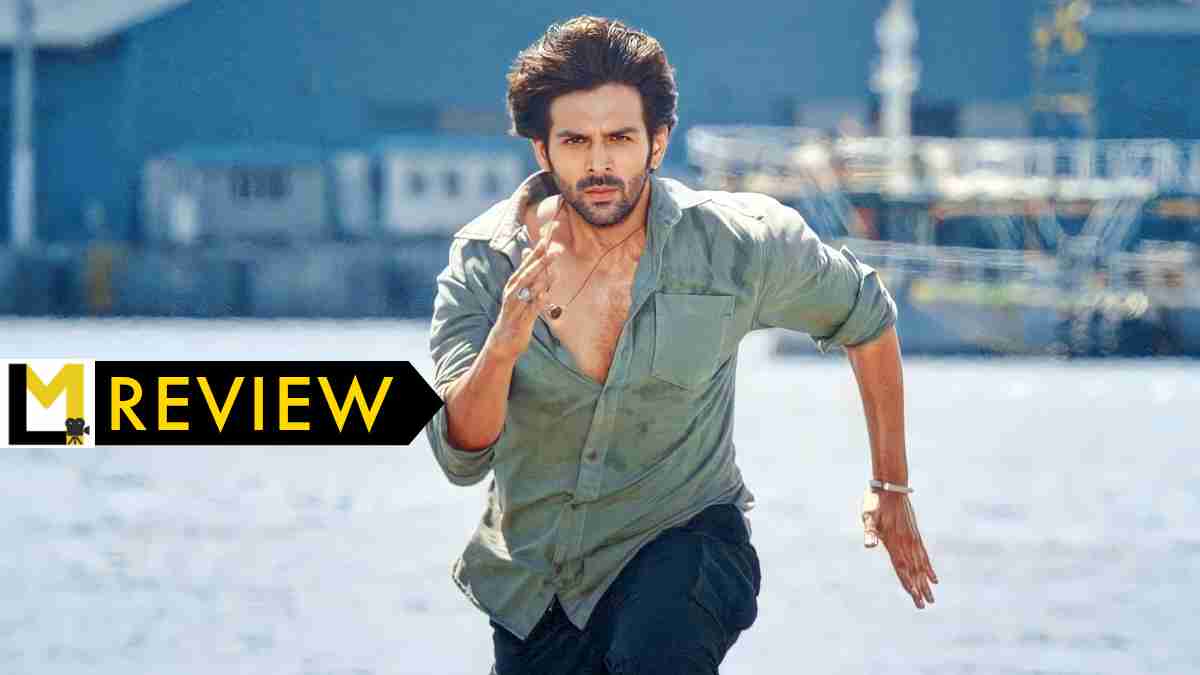First things first, I wasn’t a great admirer of Ala Vaikunthapurramuloo, and I found it a passable entertainer mainly because of the ease and grace with which Allu Arjun performed the central character. The movie was, in a way, a very daring attempt as the core idea on paper looked like a spoof of black-and-white era drama of kids getting swapped at the hospital. In the Hindi remake titled Shehzada, Rohit Dhawan and Kartik Aaryan are trying to recreate the fun of the Trivikram film. Forget the portions they reimagined; even the scene-by-scene adaptation feels pretty lifeless in this tiring family entertainer.
Valmiki and Randeep used to work together for Adithya Jindal. But Randeep’s life changed when he got married to Jindal’s daughter Yasoda. Coincidentally the birth of the first child of both Valmiki and Randeep happened on the same day at the same hospital. The feeling of being unlucky results in a scenario where Valmiki decides to swap his kid with Jindal’s kid in order to provide that kid the best life. What we see in Shehzada is the life of Jindal’s kid, Bantu, who was raised by Valmiki.
As I said in the beginning, it is a story that can go horribly wrong if the treatment goes slightly beyond the bearable levels of being over the top. Rohit Dhawan has done precisely that by making characters way too goofy or fragile. The actual son of Valmiki in the original film is never portrayed as an incompetent idiot. He was someone who was hesitant and needed that push. Rohit Dhawan’s version of that character is straight out of a David Dhawan movie. The London cook and Toycar were just atrocious imaginations that never looked funny.
The pitch of heroism and sentiments makes these kinds of films likable despite having slightly outlandish plots. While Trivikram tried to place characters with a sense of realness in his movie, Rohit’s approach is totally different, and he creates caricatures one after the other. Maybe he was trying to interpret the story in that eccentric way because even the sets look too unreal with all those white buildings. And I was constantly wondering why there was no driveway or walkway for a luxurious bungalow. The music was not that great by Pritam standards, and the original had chartbusters in it. The action choreography output never looked great, and the blame should be shared between the actor, cinematographer, and editor.
Kartik Aaryan, in his attempt to be the action hero with values, lacks many things you wish to see in a hero who shoulders a movie. His attitude in all those slow-motion entry shots, placed at various points, has this forced feel. He really needs to finetune the way he portrays swagger in action sequences. I know that monologues are his thing, and his fans love him for that. But when you are using it without purpose, it really sticks out.
Kriti Sanon is very much the inconsequential glamour add-on, just like the original. Watching Ronit Roy in a character that never suited his acting style was a bit uncomfortable. Paresh Rawal, as Valmiki, is in his Hera Pheri zone, which works for the film. Manisha Koirala as Yasoda gets a flatly written mom character. It was heartbreaking to see Aspirant’s Sandeep Bhaiayya, aka Sunny Ahuja, in such a trashy character.
Making mass masala films is also a huge task, as the margin for error is pretty minimal. If you compare Shehzada and Ala Vaikunthapurramuloo, you might be able to understand the difference between a bad film and a better film based on the same story. And btw, do lovers really call each other Boo Boo? Eww!
If you compare Shehzada and Ala Vaikunthapurramuloo, you might be able to understand the difference between a bad film and a better film based on the same story.
Green: Recommended Content
Orange: The In-Between Ones
Red: Not Recommended


